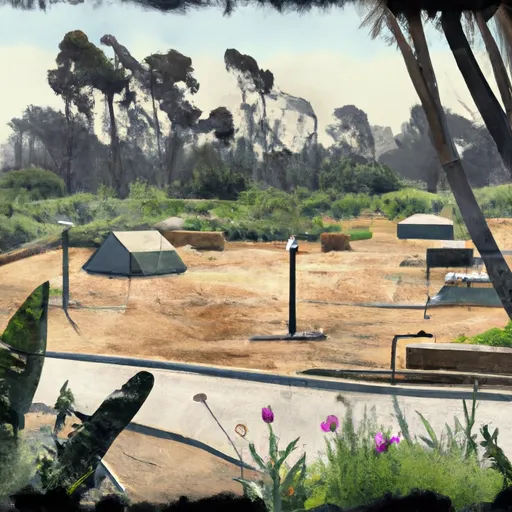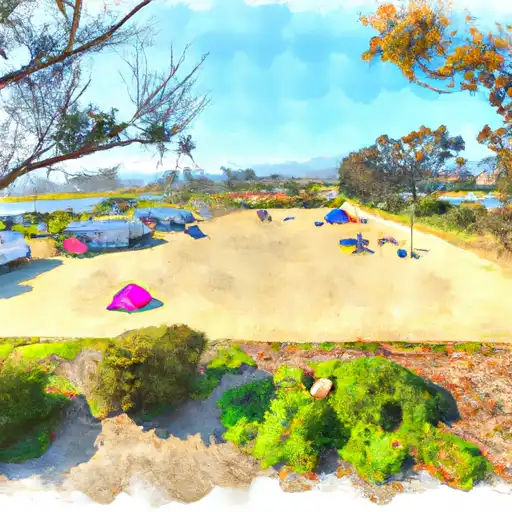Summary
The city experiences an average temperature of around 70°F (21°C) year-round, making it an ideal destination for outdoor activities.
Hydrologically, Long Beach is situated along the coast of the Pacific Ocean, providing access to beautiful beaches and waterfronts. The city is also traversed by the Los Angeles River, which flows into the nearby ocean.
Outdoor enthusiasts can enjoy various recreational opportunities in Long Beach. The city boasts numerous parks and green spaces, such as El Dorado Park, Recreation Park, and Bluff Park, which offer facilities for picnicking, walking, jogging, and sports like basketball and tennis. Water-based activities like swimming, boating, and kayaking can be enjoyed at Alamitos Bay and Marine Stadium. Additionally, the famous Belmont Veterans Memorial Pier allows fishing enthusiasts to try their luck.
Overall, Long Beach's pleasant climate, coastal location, and diverse outdoor offerings make it an excellent destination for those seeking outdoor adventures and recreational activities.
Weather Forecast
Long-Beach receives approximately 328mm of rain per year, with humidity levels near 75% and air temperatures averaging around 18°C. Long-Beach has a plant hardyness factor of 10, meaning plants and agriculture in this region tend to thrive here all year round.
Area Campgrounds
| Location | Reservations | Toilets |
|---|---|---|
 Seabreeze at Seal Beach Military
Seabreeze at Seal Beach Military
|
||
 Los Alamitos Army Military
Los Alamitos Army Military
|
||
 Bolsa Chica State Beach
Bolsa Chica State Beach
|

 Harvey Milk Promenade Park
Harvey Milk Promenade Park
 East Village Arts Park
East Village Arts Park
 Santa Cruz Park
Santa Cruz Park
 Rainbow Lagoon Park
Rainbow Lagoon Park
 Victory Park
Victory Park